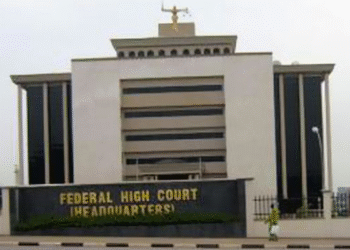The U.S. National Transportation Safety Board (NTSB) has published its conclusive report regarding the helicopter crash that resulted in the tragic deaths of Herbert Wigwe, the former group CEO of Access Holdings Plc, along with his family and others.
The report indicates that the crash, which occurred on February 9, 2024, near the California-Nevada border, claimed the lives of all six individuals aboard, including Wigwe, his wife Doreen, their eldest son Chizi, and Abimbola Ogunbanjo, the former chairman of Nigerian Exchange Group Plc (NGX Group). The incident has been attributed to a mix of pilot disorientation and negligence on the part of the helicopter company.
The NTSB identified the pilot’s choice to continue flying under visual flight rules (VFR) despite facing instrument meteorological conditions (IMC) as the main cause of the accident. This decision resulted in the pilot experiencing spatial disorientation, ultimately leading to a loss of control and a crash into the terrain.
The report underscores that the pilot’s struggle to navigate effectively in such conditions significantly contributed to the catastrophe. Furthermore, it highlighted critical shortcomings in the company’s oversight and safety management practices, revealing that the helicopter company failed to ensure compliance with essential safety protocols. This included the proper completion and updating of flight risk assessments and thorough documentation of maintenance issues.
Additional findings from the report indicate that during the flight, the pilot had communicated with the company’s Director of Maintenance (DOM) regarding a malfunctioning radar altimeter, which remained inoperative despite efforts to repair it.
The NTSB also noted that upon arriving at the airport to collect passengers, the pilot and a company flight follower engaged in a phone conversation but neglected to address the radar altimeter’s status or current weather conditions, both critical factors for flight safety.
The report states, “The probable cause of this accident was the pilot’s decision to continue the flight into IMC, which led to spatial disorientation and the loss of control of the aircraft. Contributing factors include the company’s inadequate safety management oversight, failure to ensure proper documentation, and the malfunctioning radar altimeter.”
It further elaborates that during the return flight, the pilot texted the DOM about the radar altimeter issue. After reaching the company’s flight operations base, the pilot discussed the matter with the company flight follower, who also served as the company’s president. A mechanic attempted to troubleshoot the radar altimeter but was unable to resolve the issue, leaving it non-functional.
The mechanic confirmed that both the pilot and the DOM were aware of the radar altimeter’s condition yet proceeded with the flight at 6:22 PM to pick up the passengers. Approximately 40 minutes later, upon landing at the airport for passenger pickup, the pilot and flight follower had further discussions via phone and text but again did not address the radar altimeter’s status or weather conditions.











